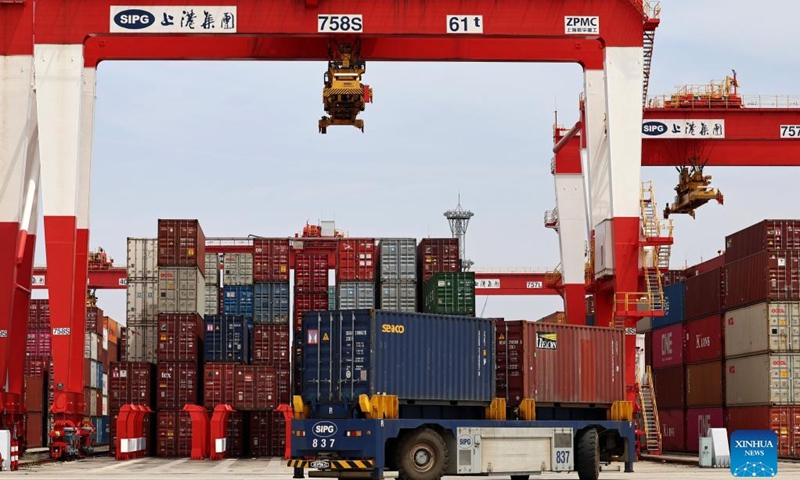Structurally there is no difference between warranty provisioning and reserve management between Tesla and any other OEM warranty provider. In both cases the initial reserve is created at the time of initial entry to service (That, however can be a managed variable since It traditionally begins upon entry into service, thus demonstration and display vehicles can be without warranty initiation, sometimes).
The differences happen with post-delivery. With dealers warranty service usually is one of the most lucrative businesses, with formal pricing and terms favorable to dealers, and recalls being the most profitable part of warranty service. Diagnosis is a sub-component that generates very high margins. With Tesla the process is far more streamlined. The diagnosis is normally automated and very often is already done prior to vehicle arrival. Many items are done O TA, and few require service center direct physical diagnosis. Since all warranty costs are internal to Tesla the costs are recorded at actual costs, no profit margin or ‘padding’ nor large accounting and administration staff.
Total Tesla service center, mobile service etc are accounted for in traditional GAAP. Other OEM do not have that unless they own the physical plant and/or equipment. Some do, but most lease such properties or act as guarantors or supporters of dealer facilities. Those practices vary enormously even within OEM. The higher the facilities are standardized the more the support.





